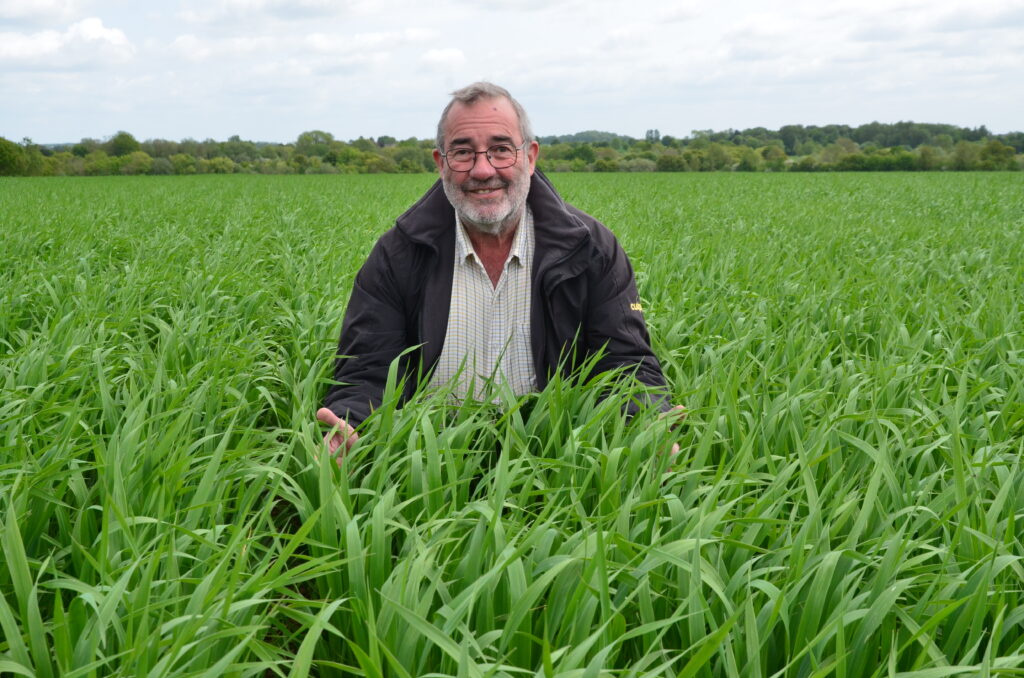Coping with the ups and downs of the farming industry necessitates being as efficient as possible, says Jeff Claydon, Suffolk arable crop producer and inventor of the Claydon Opti-Till® direct strip seeding system.
The contrast between this season and last is dramatic, not just in terms of the weather but also the finances of farming. They are making for a real rollercoaster ride, and I’ll admit that being on this fast-moving ‘big dipper’, unable to work out where or when it will end, is somewhat scary right now. It’s a white-knuckle experience that is not for the faint hearted, nor those wanting a predictable, risk-free life, but as farmers we must keep on growing.
Last spring was very dry on the Claydon farm. From 1 January until harvest finished during the first week of August, we recorded just 244mm of rain, while September remained very dry. At the time of writing, we’ve already had 306mm this year, 58mm of that between 1 January and 15 February, while temperatures have been significantly lower. Whatever happened to spring?
When I sat down to write my article for the last issue of Direct Driller on 15 February fields earmarked for spring oats were in excellent condition and ideal for drilling, but for one thing. Temperatures were fluctuating between – 2°C at night and +13°C in the day, the soil remained cold and resisting the temptation to rush out with our new 6m Claydon Evolution drill required great restraint. Even though spring oats favour early sowing it was too cold to establish the 77ha of Elsoms Lion, so we held off for a few more days, but when the weather forecast showed rain, we decided to drill and I’m very glad we did. It was one of the best decisions made this season.

Last year’s very dry spring quickly became a distant memory as the weather turned very wet for an extended period, creating serious challenges on many farms. Just after we finished drilling the spring oats at 120kg/ha down came the rain which, given the excellent condition of the soil, meant that there was no need to roll. Almost every day in March and April was wet and with almost 250mm of rain in just a few weeks, more than the first eight months of 2022, we were unable to do anything on the land, so I was pleased we drilled when we did.
It has been interesting to note that the more passes we carried out with the Claydon Straw Harrow last autumn the better the control of weeds and volunteers in the following crops. After four or five passes with this fast, cheap-to-operate implement, far fewer weeds remained than where we did just two. Given the almost toxic effect which over-wintering blackgrass seems to have on the soil and subsequent crops it’s very important to take them out while still small, because once established they become much more difficult to remove. All the evidence points to the fact that you cannot do too many passes with the Straw Harrow, something, even as its designer, I tend to forget.
OSR IS A CAUSE FOR CONCERN
Oilseed rape is a very different story to that of the spring oats. Of the 61ha of DK Excited we drilled, about 5ha was severely affected by cabbage stem flea beetle and slugs before the year-end. In mid-January Astrokerb® herbicide was applied to take out grass weeds, except on the small area we had decided to redrill with spring oats. At the beginning of February we went on with 200l/ha of Chafer Nuram 35 + S (35%N + 7SO3), but the seven days of frosty weather after application hit the crop hard.
It was painful to watch what in November had looked to be a potentially excellent crop going backwards at a rapid rate rather than growing strongly. In a few places pigeons and slugs had been an issue over the winter, but were of no real concern, then the cabbage stem flea beetle came in, followed by stem weevil, which completely massacred the stems. From losing small areas we ended up having to write off 30 per cent.
Returning from a holiday in Corfu last week I looked out of the plane windows on the approach to Stansted Airport and was amazed at how little oilseed rape is being grown. Only a few years ago around a third of the land in this key arable area would have been glowing bright yellow at this time of year, but instead I saw only the odd glimpse of it in the patchwork quilt of fields below. The high up-front costs of establishing oilseed rape, pest problems and uncertain returns have put a big question mark over its future, so one wonders how long it will be viable to grow the crop, especially at a time when farmers are trying to reduce inputs and risk.

WHEATS ARE FULL OF POTENTIAL
On a cheerier note, our wheats look fantastic and full of potential, but again the differences between this season and last are considerable. During the very dry weather in 2022 they were very clean, but this season the combination of a wet spring and our very healthy soils made everything grow, including grassweeds and broadleaved weeds.
Autumn herbicides did a fantastic job up until Christmas, but the wet, cold weather from January onwards seemed to put the brakes on their effectiveness. Our ‘dirtiest’ wheats are following oilseed rape, which could be due to a lack of persistence from the autumn herbicide, combined with the fact that the low seed rates for hybrid varieties result in a low plant density, allowing light to reach the soil and encouraging blackgrass to grow.
That said, the importance of herbicides is evident, particularly in conjunction with the Claydon TerraBlade inter-row hoe, and that shows up very well in one field where Agrii are running a blackgrass trial. In the untreated control strip the high level of blackgrass makes it difficult to see the crop, but where certain treatments have been applied it is much reduced. Where herbicides were supported by the TerraBlade, albeit used in far from ideal conditions and too late to be most effective, the results are even better, proving the value of this fast, low-cost technique.
As the weather warms up, we are seeing a strong flush of blackgrass in the spring oats, which is somewhat disappointing in a crop we’d hoped would help to clean them up. The plan was to take out later germinating weeds with multiple passes of our 6m TerraBlade, but wet weather delayed its use. Most crops were at GS32 before we were able to use the TerraBlade, but at least we were able to go through the spring oats at the end of April when they were at GS30. It did a really good job of removing blackgrass, but I was frustrated knowing that the results could have been so much better had the soil been a little drier.
Last year’s very dry weather significantly improved the condition of our soils, but so far this season they have taken a battering. Heavy rain has undone much of the good work, causing the soil to settle and pores to constrict, reducing water movement, forcing oxygen out and encouraging weeds to grow. Hopefully we can now look forward to a period of warm, dry weather through to harvest to help fissure and restructure our soils, then the Claydon Opti-Till® System will help to freshen up them up before we drill in the autumn.
WHAT ARE THEY THINKING?
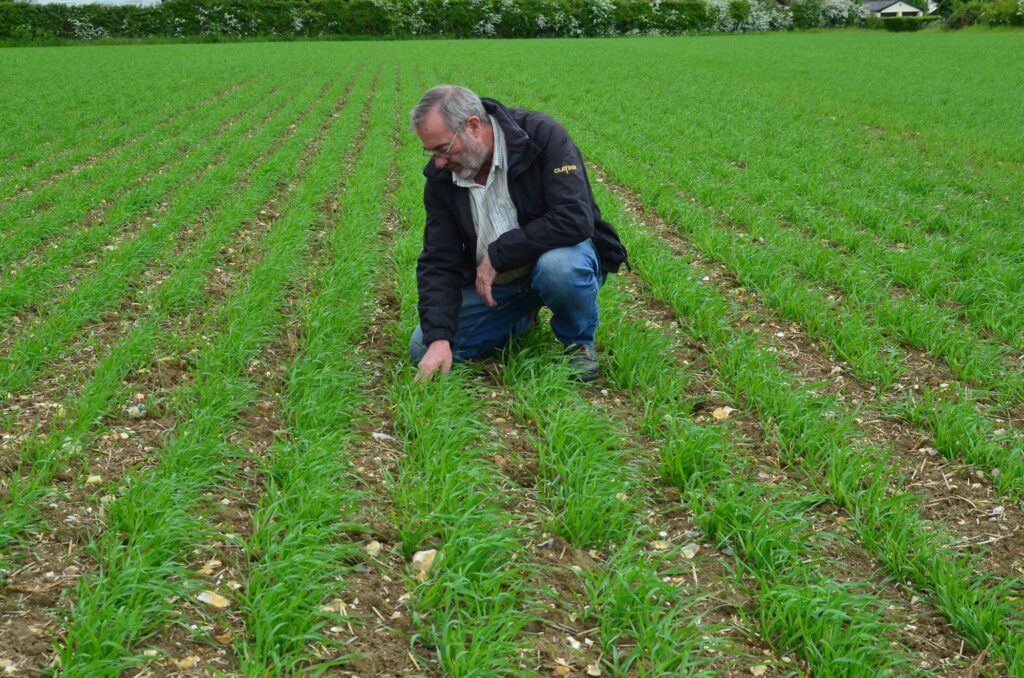
Declining crop prices are a huge challenge for the farming sector and represent a very worrying trend. This time last year feed wheat was over £300/t and oilseed rape north of £800/t. It was painful to watch prices fall sharply over the winter and like many I thought that they would bounce back, but that hasn’t happened; both are currently trading at just over half what they were then. I sold some of this season’s anticipated tonnage forward last autumn, but with the benefit of hindsight clearly it wasn’t enough. The big question is ‘when will the drop stop’?
Given continuing low prices it will be interesting to see how much UK farmers cut back on fungicides and fertilisers this season. Whilst it is tempting to reduce expenditure on these inputs, experience has taught me that this would be a false economy because the benefits of using them still significantly outweigh the costs.
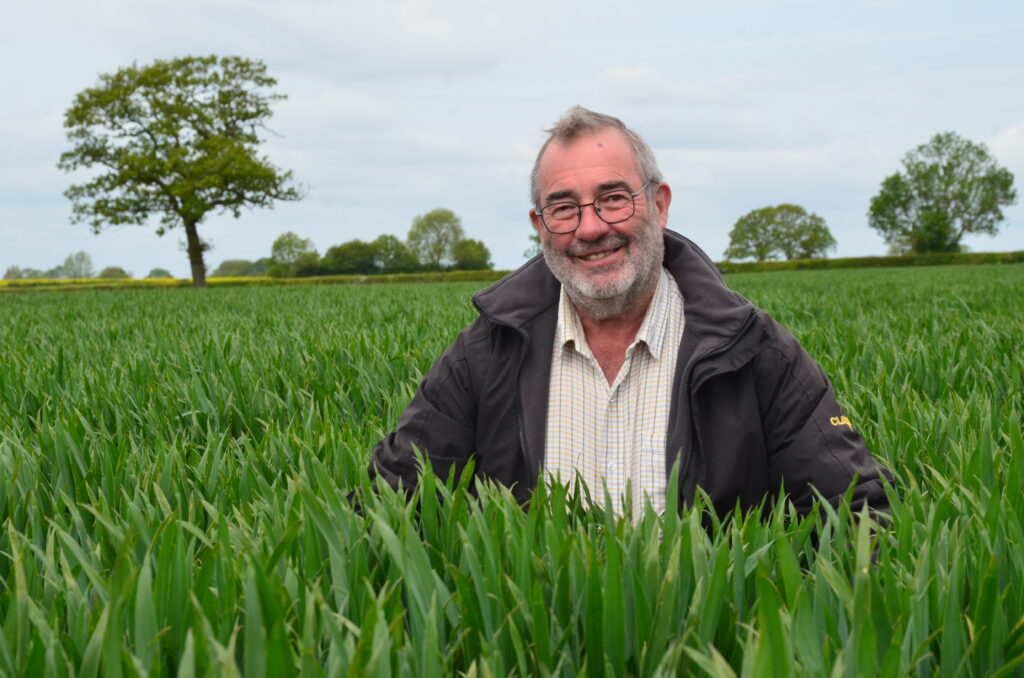
I don’t need reminding that farming is a risky business, but the key to remaining profitable is to minimise production costs without compromising output. This is critical at a time when BPS payments are on a downward path towards being phased out entirely by 2027. This key component of farm incomes is being eroded by design, yet each time I look at the alternatives it strikes me that their complexity, time and cost leave little reward for participating. I feel that my time is better spent doing other things.
With the agricultural sector facing numerous and increasing risks, the Claydon farm’s ethos is to keep things as simple as possible, operating as efficiently and effectively as possible whilst maintaining yields. The Opti-Till® System enables us to establish crops at very low cost using just 15 litres of diesel per hectare and we fine-tune inputs to maintain consistent, above-average yields, with significant additional benefits to soil structure and health.
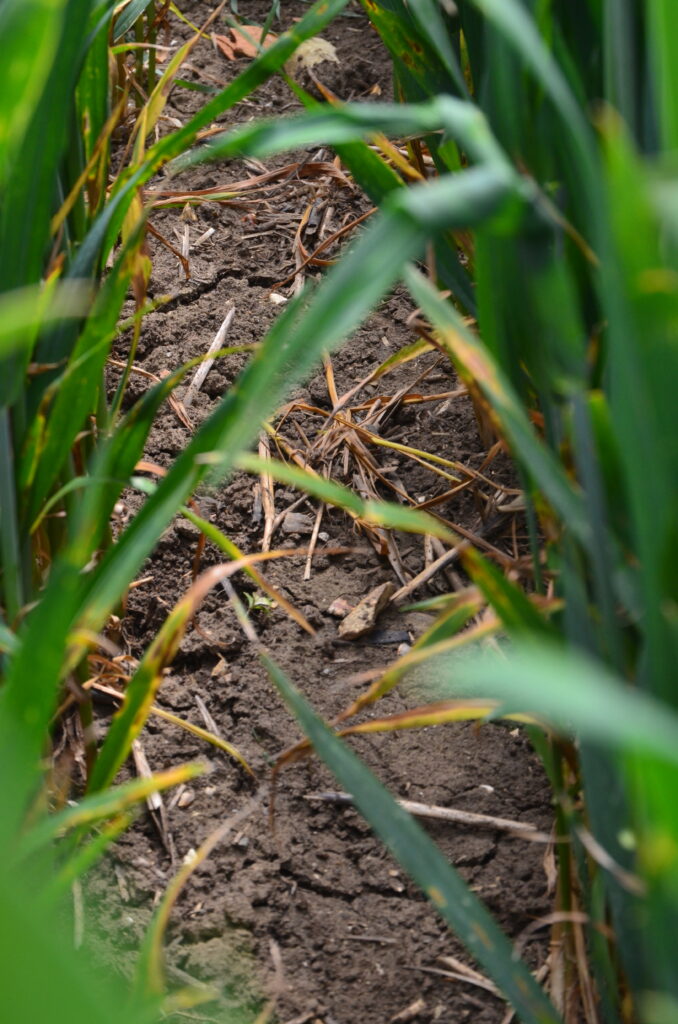
Looking at the current situation it is difficult to understand what those in government are thinking. At a time when more food is needed to feed a growing population, these here-one-minute, gone-the-next politicians at national and international level appear to be intent on introducing additional, more complex schemes which will reduce the amount of food produced by those of us who are in the business of farming for the long haul.
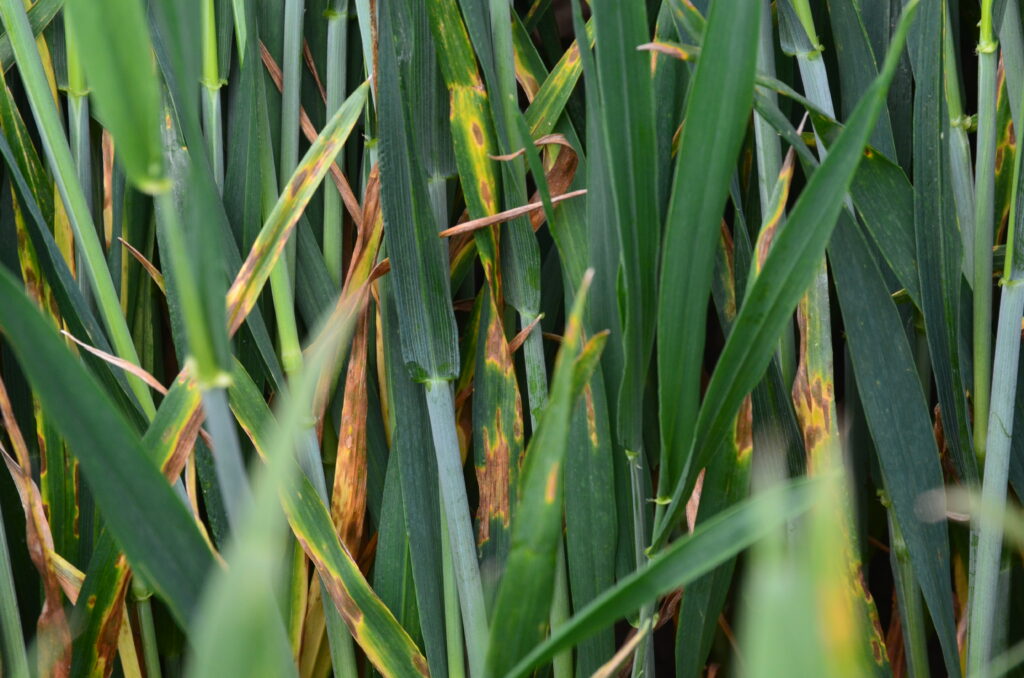
Nothing is more important than an adequate supply of food at prices which are affordable to consumers but yield a realistic return to compensate farmers for the high level of investment and risk involved in producing it. It begs the question, what are they thinking playing this very dangerous game, akin to Russian roulette, at a time of increasing global uncertainty and instability? We’ll probably never know, but as farmers have no alternative other than to keep growing crops despite the challenges.
The Claydon website (claydondrill.com) galleries contain numerous videos on soil health and resilience, as well as showing the Claydon Opti-Till® System being used to establish all types of crops, in all situations, both in the UK and overseas. You can also keep up with the latest posts, photographs, and videos from Claydon and its customers through the Claydon Facebook page www.facebook.com/Claydondrill




